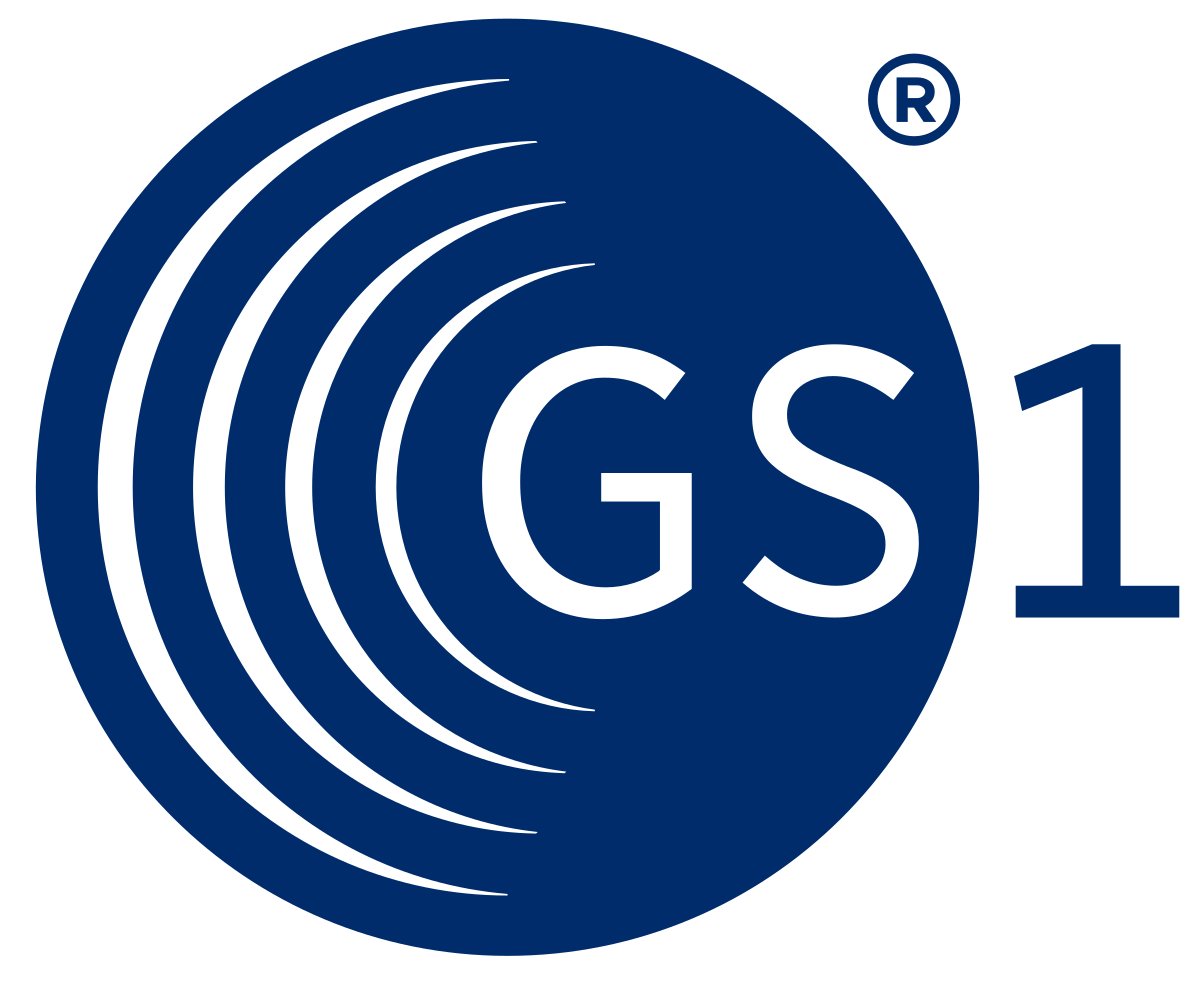GS1 compliant with a PIM-system in 5 steps
In the Netherlands, GS1 is the most used data standard. Industries such as the food-, do it yourself (DIY)-, healthcare- and fashion industry have made separate agreements about which product information is exchanged and how product data must be processed. Suppliers must publish their data to GS1 according to the requirements that apply in their … Read more







